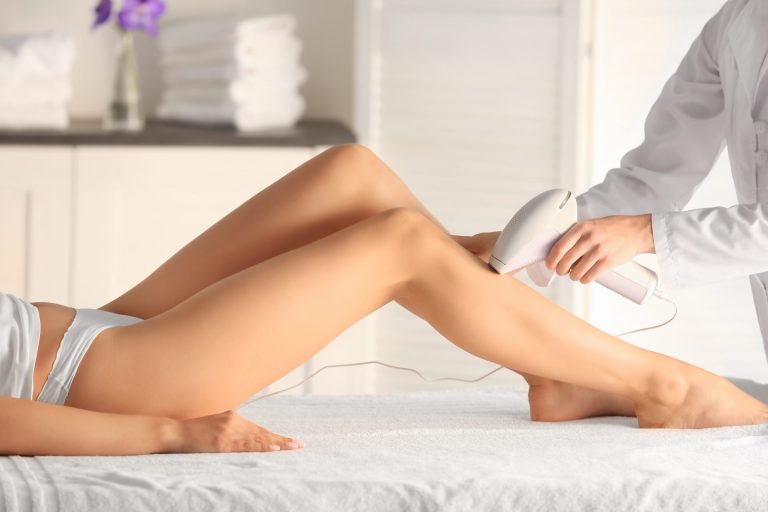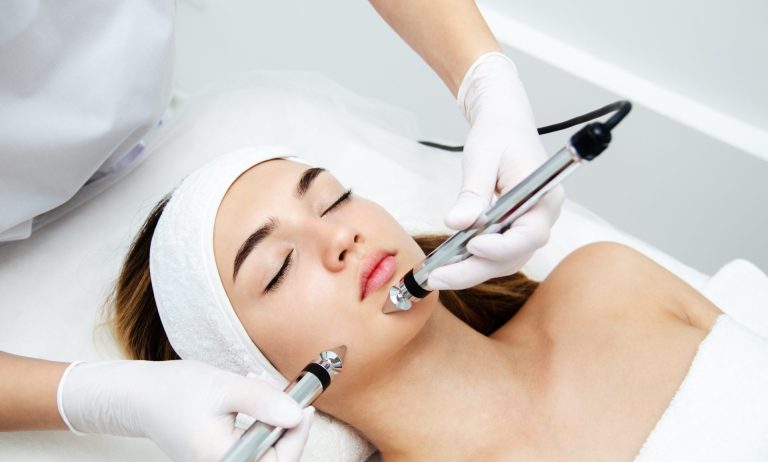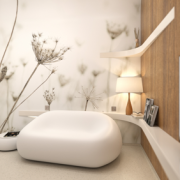Seborrhea in Hair: What You Should Know About It and Its Treatment
Seborrhea in the Hair or seborrheic dermatitis is a relatively common condition. Although it is not a serious illness, its symptoms can pose a social problem for patients.
In this article, we will take a closer look at its typical manifestations, the reasons for its occurrence, and also the effective treatment options that currently exist.
Seborrhea of the Hair - Basic Characteristics of the Condition
- It is not infectious – it is not transmitted from person to person.
- It can occur at any age.
- Men are more susceptible to this condition (in connection with higher levels of the hormone testosterone).
- Overgrowth of yeast from the Malassezia genus also plays a role in its development.
- It is one of the causes of dandruff.
How to recognize seborrheic dermatitis
As time progresses, the lesion may also become very itchy. In addition, the patient may observe excessive hair loss or increased oiliness of the hair.
Dandruff or seborrhea?
An accurate answer can be obtained through a trichological examination, during which the specialist will perform an analysis of your hair and scalp, establish an accurate diagnosis, focus on the causes of the issues, and suggest possible solutions.
You can undergo a comprehensive trichological examination at our premium hair clinic in Prague. Find out what is causing your hair problems and address them together with renowned professionals.
What not to do in the case of seborrheic dermatitis in the hair
What are the causes of seborrhea
- Higher levels of the male hormone testosterone
- Congenital predispositions
- Tendency towards oily skin
- Weakening of the immune system
- Unbalanced diet, primarily a deficiency of B vitamins
- Unhealthy lifestyle, stress
- Chronic fatigue
- Disruption of the skin's protective layer maintaining acidic pH, for example, by inappropriate hair cosmetics.
How does this skin condition progress in the hair?
Seborrheic dermatitis by age - does seborrhea in adults differ from that in children?
1. Treatment of Seborrheic Dermatitis in Young Children
- Use exclusively children's cosmetics - shampoo and moisturizing cream.
- Gently massage the skin while washing with a sponge, washcloth, or hairbrush. This will facilitate the loosening of skin flakes.
- Brush off the flakes after bathing and repeat throughout the day.
- If you do not notice any improvement, apply a wrap of sunflower or olive oil 3 hours before bathing.
- In case of more serious symptoms, contact your pediatrician.
2. Seborrhea in the Hair and Treatment in Adults
In the case of a more severe course, your treating physician will prescribe special medicinal products for local use that contain corticoids. While they have a bad reputation, are not suitable for long-term use, and many patients fear them, if you adhere to the principles of their proper use, there is nothing to fear. Their indisputable advantage is that they can quickly halt inflammatory processes and help the skin regenerate more rapidly.
- The skin treated with corticosteroids is weakened and thinner.
- Therefore, do not exceed the recommended duration of use and apply it only to the affected area.
Anti-seborrheic shampoos
- Lather the shampoos gently and leave them on the scalp for 3-10 minutes, then rinse thoroughly.
- Use them twice a week; when improvement occurs, once a week is sufficient, and subsequently once every two weeks.
- When used long-term, it is advisable to alternate these antifungal shampoos.
Treatment of seborrhea in areas other than the hair.
If the occurrence of seborrheic dermatitis bothers you in other areas of the body, you can also use the mentioned shampoos for their treatment. An alternative is special cleansing foams and gels containing tar or sulfur. These are also available over the counter in regular pharmacy chains.
Seborrhea in the hair and natural treatment
- To alleviate symptoms, spending time in fresh air and sunlight is beneficial - UVA and UVB radiation can actually inhibit the growth of yeast. The ideal locations for this are in the mountains or by the sea.
- Yeasts thrive very well in damp environments. Therefore, after washing your hair, use a hairdryer, which will significantly accelerate their drying and greatly reduce the time of exposure of water to the skin. Avoid using excessively hot air, as it irritates the affected scalp just like water does.
- A properly adjusted diet also contributes to positive change. It should include plenty of raw vegetables. Conversely, eliminate fried and fatty foods from it. Limit milk, cheeses, white flour, sugars, chocolate, peanuts, and seafood. It is also essential to adhere to proper hydration.
Do you want to address issues with baldness or thinning hair? Are you interested in the conditions, process, and cost of hair transplantation? You can find the price list of services available at our clinic on our website. For more information, please feel free to contact us and arrange a consultation.
Monitor the condition of seborrheic dermatitis. Experience will assist you in treatment.
Can seborrheic dermatitis cause your hair loss?
In some cases, the only solution to the problems is hair transplantation. Experiences of clients, pricing, and information about the procedure can be found on our website. We would be happy to discuss the details with you during a consultation.
Related Posts

How to Care for Curly Hair: Caring for Natural Waves and How to Achieve Them if We Don't Have Them Naturally
How to Care for Curly Hair: Caring for Natural Waves and How to Achieve Them if You Are Not Naturally Blessed How to Care for

Ingrown hairs are most effectively treated with laser hair removal.
Ingrown hairs are most effectively resolved with laser hair removal. Ingrowing hairs are usually a result of shaving with a razor or hair removal with

How to get rid of scars? Laser will help you eliminate them once and for all.
How to get rid of scars? A laser can help you with them once and for all. We all know how a scar forms -










